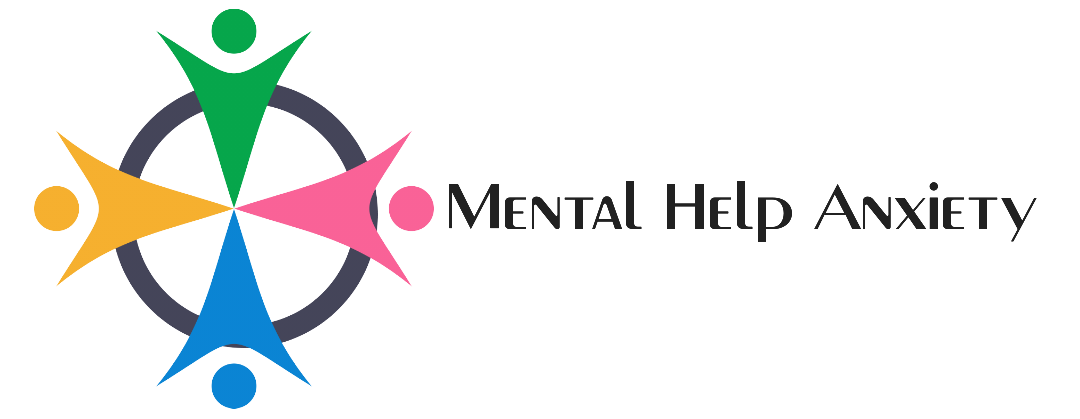Alzheimer’s illness is a modern neurodegenerative dysfunction characterised through reminiscence loss, cognitive decline, and behavioral adjustments. It’s the commonest explanation for dementia amongst older adults, accounting for an estimated 60-80% of circumstances. Whilst the overall manifestations of Alzheimer’s illness are well known, it is very important to remember that there are various kinds of this situation, every with its distinctive options, possibility elements, and development patterns. This newsletter explores the quite a lot of forms of Alzheimer’s illness, offering a complete review to beef up figuring out and consciousness.
- Early-onset Alzheimer’s Illness
Early-onset Alzheimer’s illness (EOAD) is somewhat uncommon, accounting for approximately 5% of all Alzheimer’s circumstances. This kind of Alzheimer’s generally impacts people beneath the age of 65, with some circumstances showing as early as within the 30s or 40s. EOAD is ceaselessly connected to genetic mutations, in particular within the APP, PSEN1, and PSEN2 genes, which produce amyloid precursor proteins and presenilins. Those mutations result in the atypical accumulation of amyloid-beta plaques within the mind, a trademark of Alzheimer’s pathology.
Folks with EOAD normally revel in a extra fast development of signs in comparison to the ones with late-onset Alzheimer’s. Early signs might come with:
- Delicate reminiscence issues.
- Issue to find the proper phrases.
- Demanding situations in govt serve as duties.
Because the illness progresses, people might showcase serious cognitive impairment, temper swings, and behavioral adjustments.
- Past due-onset Alzheimer’s Illness
Past due-onset Alzheimer’s illness (LOAD) is the commonest shape, generally affecting people elderly 65 and older. Not like EOAD, LOAD isn’t in most cases related to explicit genetic mutations however fairly with a mix of genetic, environmental, and way of life elements. Probably the most important genetic possibility issue for LOAD is the presence of the APOE ε4 allele, which will increase the possibility of creating Alzheimer’s however does no longer ensure it.
The development of LOAD is normally slower than that of EOAD, with preliminary signs ceaselessly flawed for standard growing older. Early indicators come with reminiscence lapses, problem appearing acquainted duties, and misplacing pieces. Over the years, cognitive decline turns into extra pronounced, resulting in serious reminiscence loss, confusion, disorientation, and adjustments in persona and behaviour. LOAD sufferers might sooner or later require full-time care as they can’t carry out day by day actions independently.
- Familial Alzheimer’s Illness

Familial Alzheimer’s illness (FAD) is a hereditary type of Alzheimer’s this is handed down thru households. FAD accounts for lower than 1% of all Alzheimer’s circumstances and is generally related to early-onset illness. It’s brought about through mutations in the similar genes implicated in EOAD: APP, PSEN1, and PSEN2. Those genetic mutations observe an autosomal dominant inheritance trend, which means a person with one reproduction of the mutated gene has a 50% probability of passing it directly to their offspring.
The indicators and development of FAD are very similar to the ones of EOAD, with affected people ceaselessly creating signs of their 30s, 40s, or 50s. The early onset and fast development of FAD may also be specifically difficult for sufferers and their households, because it ceaselessly moves all over the high of existence, impacting careers, circle of relatives duties, and total high quality of existence.
- Sporadic Alzheimer’s Illness
Sporadic Alzheimer’s illness is the commonest shape and is characterised through the absence of a transparent familial hyperlink or genetic mutation. Whilst sporadic Alzheimer’s basically impacts older adults, its actual purpose stays unclear and is most likely multifactorial, involving a mix of genetic predisposition, environmental exposures, and way of life elements. The APOE ε4 allele is a identified genetic possibility issue, however its presence does no longer definitively expect the improvement of the illness.Techniques to Battle Despair and Nervousness
The medical presentation of sporadic Alzheimer’s illness varies broadly amongst people. Not unusual signs come with sluggish reminiscence loss, problem with language and verbal exchange, impaired judgment, and adjustments in temper or conduct. Because the illness advances, sufferers revel in extra serious cognitive decline, in the long run resulting in the desire for complete care and toughen.
- Blended Dementia
Blended dementia is a situation during which people showcase traits of a couple of form of dementia, with Alzheimer’s illness and vascular dementia being the commonest mixture. Vascular dementia is brought about through decreased blood waft to the mind, ceaselessly because of strokes or different cardiovascular problems, and will exacerbate the indications of Alzheimer’s illness.
Sufferers with combined dementia might revel in a broader vary of signs, together with reminiscence loss, confusion, problem with problem-solving, and temper adjustments. The coexistence of Alzheimer’s and vascular dementia may end up in a extra fast development of cognitive decline and pose further demanding situations in analysis and remedy.
- Posterior Cortical Atrophy
Posterior cortical atrophy (PCA), often referred to as Benson’s syndrome, is an extraordinary variant of Alzheimer’s illness that basically impacts the posterior a part of the mind, which is chargeable for processing visible data. Because of its unique signs, PCA generally impacts people of their 50s or 60s and is ceaselessly misdiagnosed as an ophthalmological or psychiatric dysfunction.
Early signs of PCA come with problem with visible duties, comparable to studying, spotting faces, and judging distances. Sufferers may additionally want lend a hand with coordination, spatial consciousness, and navigating their setting. Because the illness progresses, cognitive decline turns into extra generalized, comparable to the indications of standard Alzheimer’s illness.
Conclusion
Alzheimer’s illness is a posh and heterogeneous situation with a number of distinct sorts, every presenting distinctive demanding situations in analysis, remedy, and care. Early-onset Alzheimer’s, late-onset Alzheimer’s, familial Alzheimer’s, sporadic Alzheimer’s, combined dementia, and posterior cortical atrophy constitute the principle diversifications of this devastating illness. Figuring out those differing kinds is an important for creating centered interventions, offering suitable toughen for sufferers and their households, and advancing analysis towards efficient therapies and, in the long run, a treatment. By way of expanding consciousness and information in regards to the numerous manifestations of Alzheimer’s illness, we will be able to support the standard of existence for the ones affected and transfer nearer to overcoming this international well being problem.



